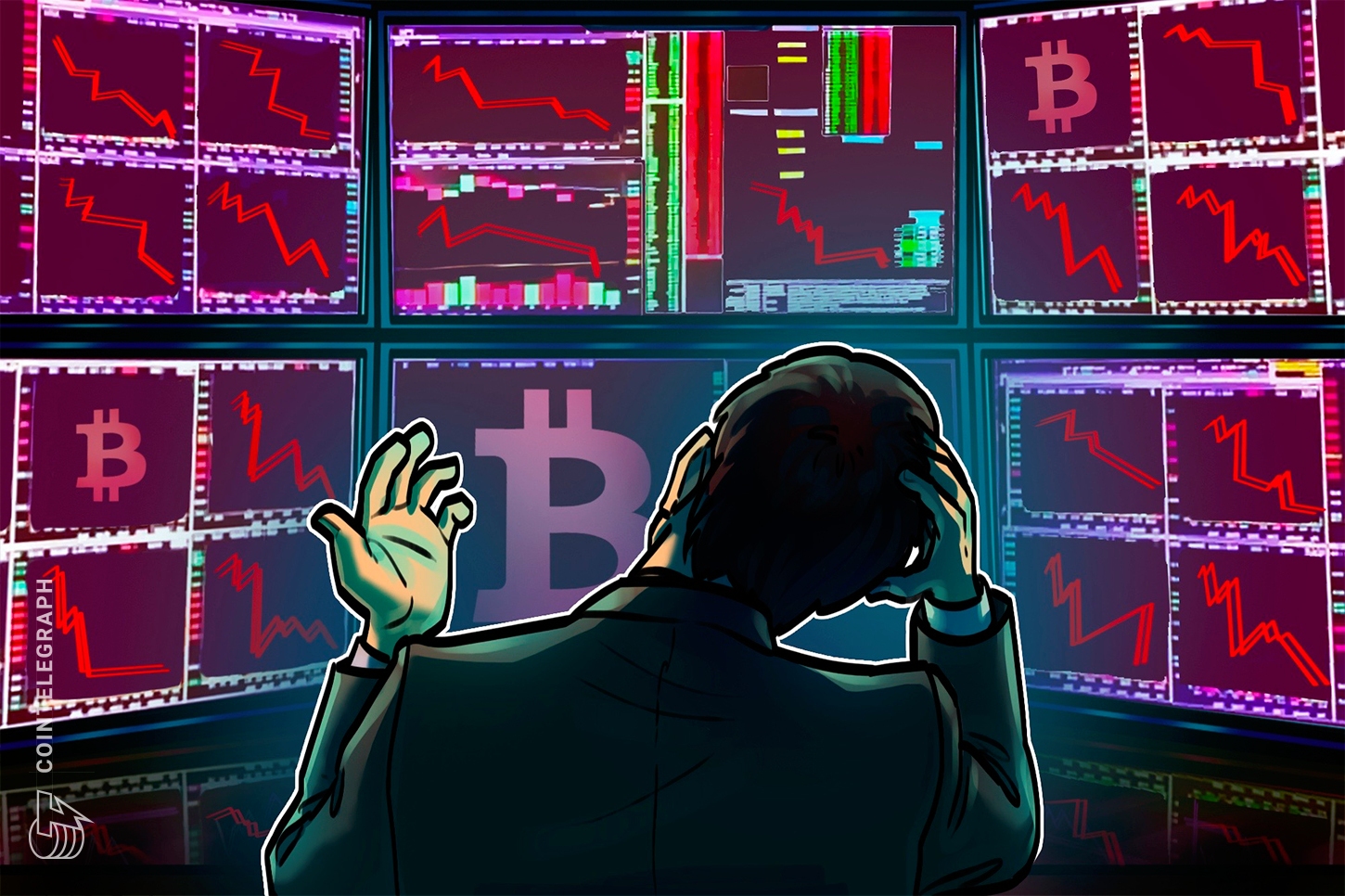Solana’s DeFi dominance and growing fees sustain network demand, boosting investors’ long-term confidence.
Key takeaways:
Solana’s DeFi dominance and growing fees sustain network demand, boosting investors’ long-term confidence.
Institutional investors’ interest in SOL futures, ETP exposure and staking yield add to SOL’s resilience.
Solana’s native token SOL (SOL) dropped 15.5% since reaching $209.80 on Thursday, its highest price in more than six months. The pullback raised concerns that a double top formation might signal a bearish reversal. Yet, four key indicators suggest the opposit, and Solana may soon retest the $200 level, contradicting short-term trader pessimism.
Solana has consolidated its role as the second-largest decentralized exchange (DEX) ecosystem, recording $111.5 billion in 30-day volumes. While Ethereum remains dominant, Solana outpaced the combined Ethereum layer-2 networks, which generated $93.1 billion. BNB Chain trailed with $60 billion, according to DefiLlama.
The total value locked (TVL) on Solana reached $12.1 billion this week, up 20% in two months, further securing its vice-leadership position over BNB Chain at $7.8 billion. Several decentralized applications (DApps) such as Kamino, Jito, Jupiter, Sanctum, Raydium, and Marinade each surpassed $2 billion in TVL. Sustained activity reinforces SOL demand, as transaction fees are essential to maintaining native staking yields.
Network fees highlight this dynamic. Solana generated $35.6 million over 30 days, a 22% increase from the prior month. Ethereum led with $41.4 million but declined 7% in the same period. Solana’s advantage comes from its low fees and frictionless user experience, eliminating reliance on bridges and complex layer-2 solutions.
Solana ranking third in network fees is notable, considering Ethereum maintains a far larger smart contract deposit base. Solana’s success is not easily replicable, since validators demand higher hardware capacity and capital commitment, making the network more robust than competitors.
Related: 1inch launches Solana-to-EVM crosschain swaps without bridges
Solana institutional participation expands in futures and exchange-traded products
Open interest on SOL futures climbed to $10.7 billion, up from $6.9 billion two months ago. This now exceeds XRP futures, despite XRP having an 81% larger market capitalization. The growth signals rising institutional participation, a positive factor for long-term adoption.
Further evidence of institutional demand comes from $2.8 billion in Solana exchange-traded futures and products (ETF / ETP). The 7.3% native staking yield could drive strong demand once Solana spot ETFs launch in the United States. Bloomberg analysts project a 90% or greater likelihood of US Securities and Exchange Commission approval by year-end.
The retracement from $209.80 sparked fears of a bearish double top. However, Solana’s leadership in DEX volumes, TVL expansion, accelerating fee growth, and mounting institutional exposure collectively argue otherwise. Rather than confirming a bearish shift, these drivers support a renewed push toward $200, validating the hypothesis that traders may have turned bearish too soon.
This article is for general information purposes and is not intended to be and should not be taken as legal or investment advice. The views, thoughts, and opinions expressed here are the author’s alone and do not necessarily reflect or represent the views and opinions of Cointelegraph.
